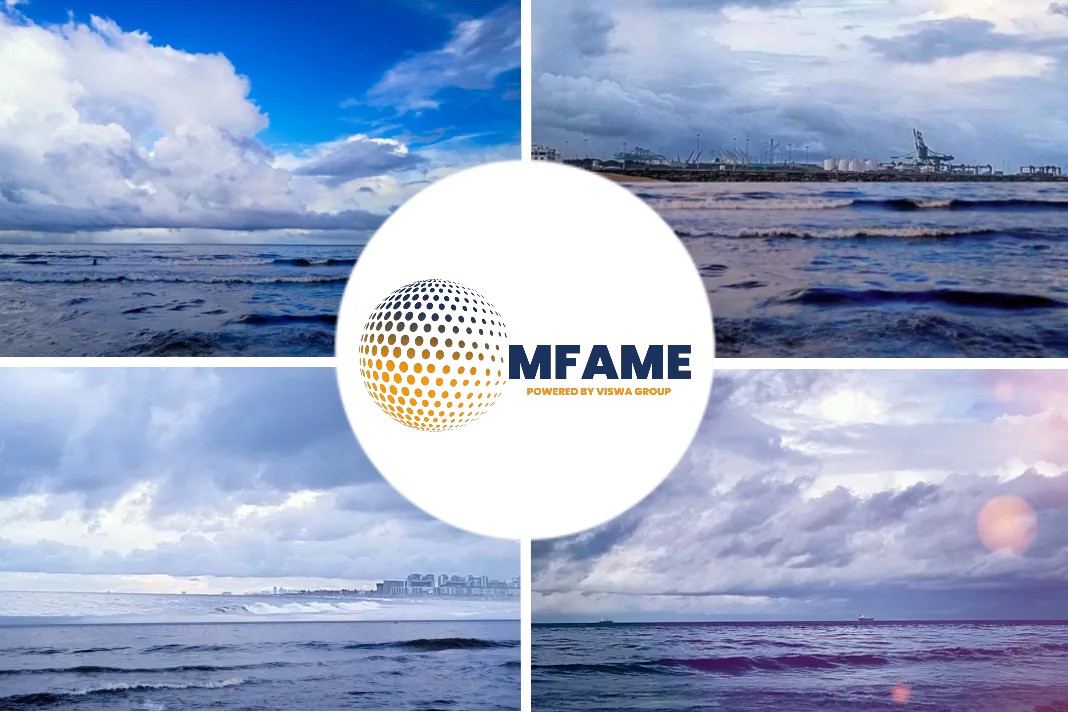- Ports to optimize operational efficiency by employing automated mooring systems.
- Infragravity waves can cause decoupling, triggering damaging unplanned downtime of ships.
- Automated mooring technology is allowing the shipping industry to better maximize berth utilization.
- Two studies have also been explained to address the benefits and importance of automated systems.
- Due to technological advancement and demands faced by the shipping industry, it has become more important than ever to automate operations where possible.
To mitigate the effects of infragravity waves and improve safety and efficiency, ports should consider employing automated mooring systems, writes Riviera.
Aim of the initiative
The primary aim for ports and the wider shipping industry is to optimize operational efficiency.
But external factors – inclement weather, long-period waves, and the effects of passing ships –can reduce berth efficiencies by increasing the motions of a vessel at berth.
This can result in reduced throughput and downtime.
However, some ports are incorporating automated and technology-driven equipment to reduce and even eliminate these effects, enhancing safety and increasing efficiency and uptime across berthing and mooring operations.
What are Infragravity waves?
One met-ocean condition that can have an impact on moored vessels is infragravity waves.
These are ocean surface gravity waves, with periods greater than 30 seconds.
The wave height is generally smaller than a regular wave when in deep water, but can increase in shallow water.
Due to having longer periods, they are less affected by breakwaters, allowing them to travel uninhibited into harbors, and, as a result, they can have a significant impact on moored vessels.
Risks and dangers of these waves
There are significant risks associated with these waves, including lines snapping and vessels drifting from the berth.
This can increase rates of unplanned downtime, as waves have a high level of energy transfer to the vessel and can cause large vessel motions.
In the LNG sector, safety is paramount during transfer operations and greater ship movement caused by such external factors can result in decoupling, triggering damaging unplanned downtime.
In some cases, berths experience 15-20% downtime due to met-ocean factors.
Maximizing berth utilization
One of the ways in which port owners and operators can maximize berth utilization is to minimize the effects of adverse environmental and met-ocean conditions, as well as the effects of passing vessels.
This includes static forces, those that are considered more consistent – such as short-period waves, current and constant wind – and dynamic forces that change significantly over time, such as long-period waves, gusting winds, or the effects of passing ships.
For a mooring system to be effective, it must take all of this into account to restrain vessel motions sufficiently and to allow a big enough window for efficient product transfer.
The use of automated mooring technology is becoming more commonplace and is allowing the industry to better maximize berth utilization.
Traditional versus technology-driven solutions (Study 1)
Two studies were conducted which analyzed the benefits of using technology-driven solutions, versus conventional mooring arrangements.
The first study compared motions of a 10,000-teu container vessel when moored in an optimal conventional mooring arrangement at a container terminal located near a breakwater entrance, where it is unprotected from the effects of infragravity waves.
Analyses were undertaken on the vessel when secured with mooring lines, versus a rope-free automated mooring system.
This was conducted using dynamic mooring analysis software, capable of fast, high-precision hydrodynamic simulations.
Results showed that the automated units successfully moored the vessel with significantly less vessel surge and sway when compared to mooring with lines.
The reduction in vessel motions indicated an increase in berth operability for product transfer from 65% to 95%.
Dynamic mooring system (Study 2)
The second study applied the forces of a passing vessel to a moored vessel and benchmarked a conventional static mooring line arrangement against an automated dynamic mooring system for an upstream facility.
The passing vessel was at a distance of 160 m, traveling at 10 knots at complete low tide.
The main motions of concern in a passing vessel analysis are the surge and yaw of the moored vessel and the peak loads on the spring lines and short breast lines.
The results of the study showed that the dynamic system significantly reduced the effects of the passing vessel, as well as parting lines caused by spike loading.
When compared with traditional mooring solutions, the dynamic units improved vessel stability and helped eliminate human error, allowing for a greater product transfer window of operation.
How to choose technology-driven mooring equipment?
When choosing technology-driven mooring equipment, it is important to consider solutions that will make berthing operations smarter, safer, and more sustainable and competitive.
- Given the significant impact of infragravity waves on vessels at berth, it is important to specify an automated mooring system that combines vacuum pads and passive damping technology, to rapidly attach and secure the vessel.
- A solution that can monitor mooring loads acting on the vessel and can provide live data to the operator will help optimize day-to-day port and terminal operations.
- Similarly, the ideal engineered mooring solution should combine a quick-release hook with a constant tensioning system, to best handle the effects of passing ships.
- It should incorporate computer-aided design, finite element, and hydrodynamic analysis technologies, to ensure the impact on the vessel at berth is understood completely, to improve safety, and optimize transfer windows.
Keeping up with technology advancements
As technology advances and demands faced by the shipping industry grow even tougher, it has never been more important to automate operations where possible.
Port owners and operators are continually looking for ways to improve operational efficiency, widen the window for transfers, and reduce risks along the way.
It is apparent that the more sophisticated, purpose-designed technological solutions can help with this while improving the sustainability of the industry.
Did you subscribe to our daily newsletter?
It’s Free! Click here to Subscribe!
Source: Riviera






















